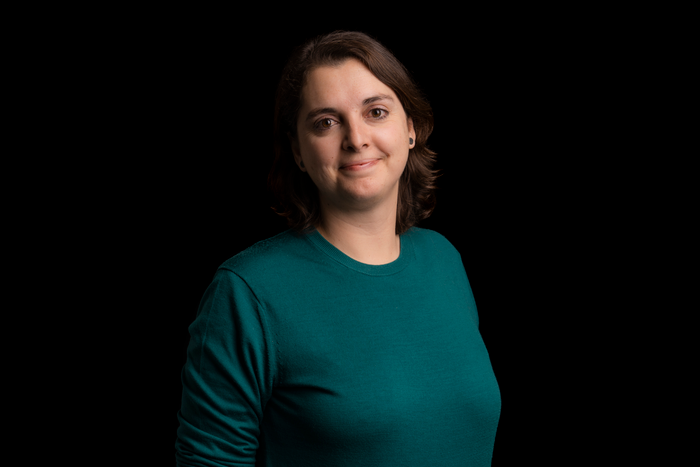The state of Texas experienced a two-week-long cold spell in February 2021. The incident was unprecedented, and Texas’ primarily gas, coal, and wind-based energy infrastructure was woefully underprepared for this severe weather.
 Associate Professor Marta Victoria. Image Credit: Claus Lillevang, Independent Research Fund Denmark
Associate Professor Marta Victoria. Image Credit: Claus Lillevang, Independent Research Fund Denmark
Due to frozen gas pipes, a few wind turbines, the cold weather, and low wind speeds, 4.5 million homes were left without electricity for two weeks. A total of 262 lives were lost due to the incident, which cost USD 24 billion. It was the worst winter weather catastrophe the US had ever seen.
Although the European energy network is better connected and equipped to handle such events, they will almost certainly happen again due to increasing climate change and extreme weather.
How can a stable energy system be ensured in the future if it is based on energy sources that may be sustainable and renewable but also rely on regional weather conditions?
At Aarhus University, a new study is being conducted to answer this question.
We cannot build an energy system that takes account of everything. That would be extremely costly. So, what do we do if there is a long period without wind and without sun, and with a high demand for energy, and how can we adapt the system without over-dimensioning it? We need to find out what we have to be prepared for when the weather changes as a result of climate change.
Marta Victoria, Associate Professor, Department of Mechanical and Production Engineering, Aarhus University
Marta Victoria recently won a prestigious Sapere Aude grant worth DKK 6.2 million from Independent Research Fund Denmark (DFF). Her project, EXTREMES (Highly Renewable Energy Systems under Extreme Weather Events), aims to develop strategies to guarantee that an energy system with an extremely high proportion of solar and wind energy is reliable, even under severe weather conditions. It uses statistics to describe periods of extreme weather.
She added, “How long will the worst period of low wind or solar production be? How many times a year will this happen? What is the worst period we can expect within a decade? Or a century? And what conditions should we adapt the system to? As a rule, there is a backup, but in the project, we will try to take into account situations where several adverse events happen at the same time, and where spatial and temporal fluctuations can be hard to predict.”
The four-year project will begin in the spring of 2023.
Independent Research Fund Denmark bestows Sapere Aude grants on promising early-career researchers to help them strengthen their research concepts and establish themselves as research directors with the foundation's financial support.
In response to 356 applications, Independent Research Fund Denmark has given Sapere Aude grants to 41 researchers this year. Twelve recipients of these come from Aarhus University: The total funding for the 41 researchers is DKK 247 million.